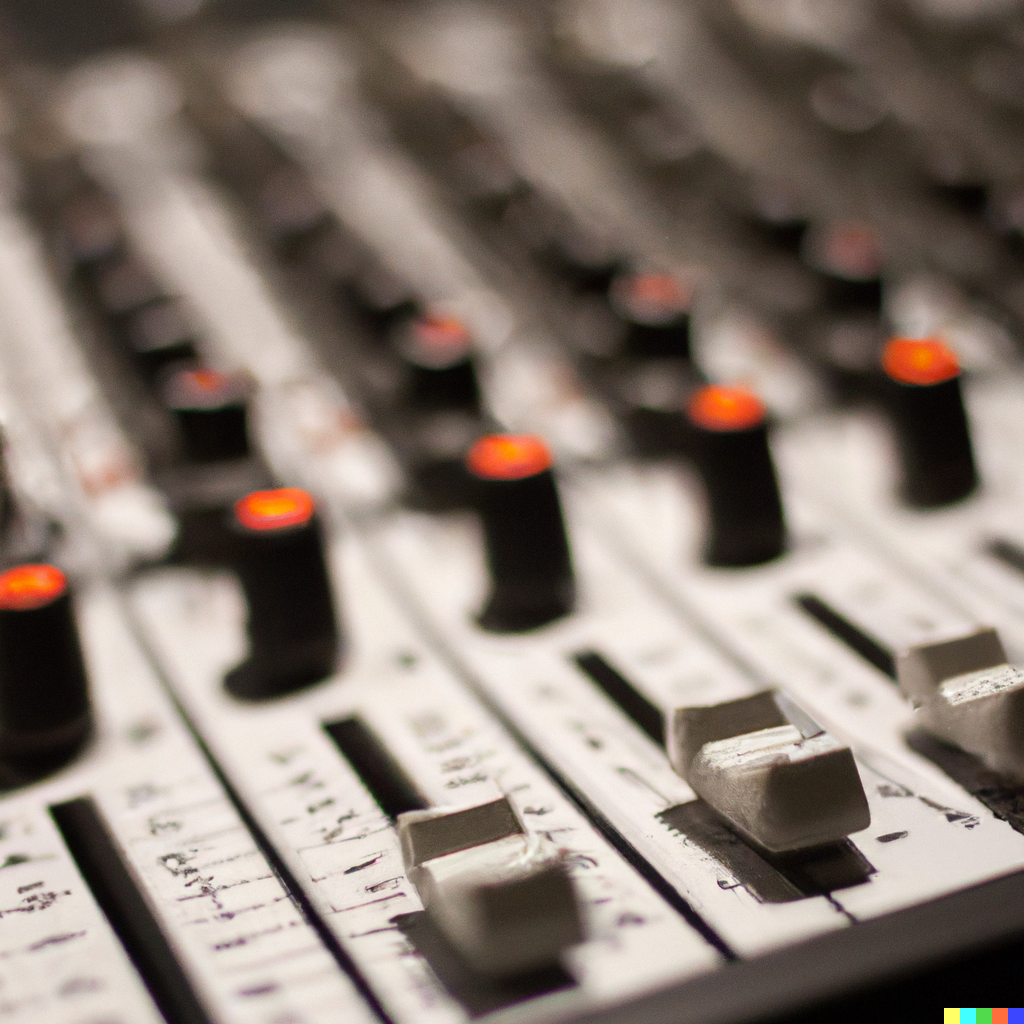
Reverb and Other Time-Based Effects in Mixing: Everything You Need to Know
Reverb and Other Time-Based Effects in Mixing: Everything You Need to Know
Mixing is a crucial part of music production, where individual tracks are blended together to form a final mix. Reverb is a time-based effect that is commonly used in mixing to create a sense of space and depth in a mix.
What is Reverb?
Reverb, short for reverberation, refers to the sound that echoes and bounces off surfaces in a room or space. In mixing, reverb is used to create the illusion of space and depth and add a sense of atmosphere to the mix.
Types of Reverb
There are several types of reverb, including:
- Room Reverb
- Hall Reverb
- Plate Reverb
- Spring Reverb
Each type of reverb has its own unique sound and is used for specific purposes in mixing. For example, room reverb is used to create a sense of a small, enclosed space, while hall reverb is used to create the illusion of a large, open space.
Importance of Reverb in Mixing
Reverb is an essential aspect of mixing because it helps to create a sense of space and depth. It can also be used to enhance the atmosphere of a mix, add spatial separation between instruments, and add depth to individual tracks.
Reverb Parameters
Reverb has several adjustable parameters, including:
- Decay Time: The length of time it takes for the reverb to fade away.
- Predelay: The amount of time between the original sound and the start of the reverb.
- Room Size: Adjusts the size of the virtual room created by the reverb.
- Damping: Adjusts the amount of high frequency damping, affecting the brightness of the reverb.
- Wet/Dry Mix: Adjusts the balance between the dry, unprocessed sound and the wet, reverberant sound.
Using Reverb in Mixing
When using reverb in mixing, it is important to find the right balance between the dry, unprocessed sound and the wet, reverberant sound. Reverb can be added to a mix, used for room simulation, used to enhance atmosphere, or used to add spatial separation.
Reverb Alternatives and Complementary Effects
In addition to reverb, there are several other time-based effects that can be used in mixing, including:
- Delay
- Chorus
- Flanger
- Phaser
These effects can be used in conjunction with reverb or as alternatives to achieve a specific sound.
Reverb Best Practices
When using reverb in mixing, it is important to avoid overuse and match the reverb sound to the genre of the song. Automating reverb and using it to create depth are also effective techniques.
Common Reverb Mistakes and How to Avoid Them
Some common mistakes when using reverb include reverb muddiness, reverb clashing, overuse, and improper placement. To avoid these mistakes, it is important to find the right balance between dry and wet sounds, match the reverb sound to the genre of the song, and properly place the reverb in the mix.
Conclusion
In conclusion, reverb is a crucial time-based effect in mixing that helps to create a sense of space and depth. By understanding the different types of reverb and adjustable parameters, as well as avoiding common mistakes and following best practices, you can effectively use reverb in your mixing to enhance the overall sound of your music.
Leave a Reply